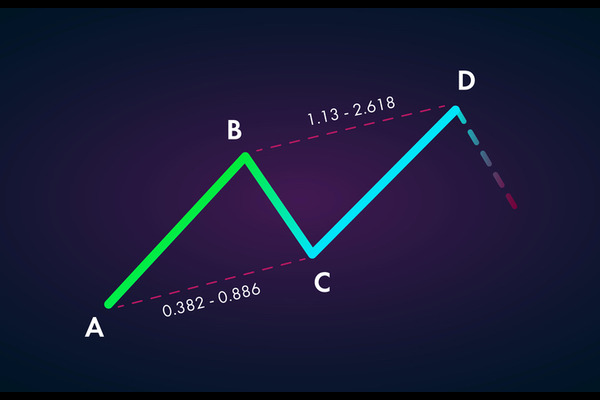What does Heavy Stock Mean?
Heavy-position stocks refer to stocks held by large organizations and funds,
and of course, there are regulations for this holding. If a stock is heavily
held by multiple fund companies or institutions and accounts for more than 20%
of the circulating market value, it is called a heavily held stock. This means
that if more than 20% of this stock is held by the fund or institution, it is
called a heavily held stock.
So, identifying which stocks are heavily held by institutions is the first
step in screening stocks. There are several benefits to doing this:
1. Due to the unique nature of A-shares, many stocks have significant
fundamental problems and often experience thunderstorms, but ordinary retail
investors lack fundamental analysis ability. So it is a time-saving and
labor-saving method to only buy stocks with heavy fund holdings and have
professional institutions review the fundamentals of individual stocks for
us;
2. Institutions are an important force in the main force, and their movements
are an important force in determining the hot topics of market segments and
individual stock trends, so the probability of bull stocks appearing will
increase significantly.

How to Identify Heavyweight Stocks
It is easy to identify heavy stocks in the stock market from the trading
volume.
Stocks with chips in the main hands have a lower turnover rate. For example,
Kweichow Moutai, Hengrui Pharmaceutical, Supor, and other major heavy-position
stocks have increased many times, but the stock turnover rate is less than 1%
every day! Because the vast majority of chips are in the hands of the main
players, the stock price has risen so much without much selling out, resulting
in scarce trading volume. This type of stock, which usually has a turnover rate
of less than 1%, even if it has a big positive trend, has the most concentrated
chips.
It is easy to see from the trend whether the chips are in the hands of the
main players.
The trend of stocks with a large number of main chips is not at the same pace
as the overall market. It is often manifested as a major market decline, but it
does not fall. When the market rises sharply, it does not fall. Because the
stock price has been controlled by the main force, its operation has its own
rules. The more concentrated the chips are in the main players' hands, the
greater the difference between the trend of stocks and the market.
From the annual reports of listed companies, it can be seen where the chips
are.
The annual reports of listed companies will publish the top ten circulating
shareholders every year. By calculating the shareholding and number of shares
held by the top ten shareholders, one can determine where the chips are
concentrated. Take the Industrial and Commercial Bank of China as an example:
the top ten shareholders actually hold more than 96% of the shares outstanding!
This is a typical symbol of chips in the hands of the main force. For example,
Supor's top ten circulating shareholders hold more than 66% of the shares, and
the per capita stock market value reaches more than 4 million yuan! This is
clearly a characteristic of chips being concentrated in the hands of the main
players.
But retail investors should not think that buying stocks with concentrated
chips in the hands of the main players is an easy way to make money. Even large
and concentrated stocks like Maotai cannot be held by most retail investors, and
making money in the stock market is not easy.
In short, after investing in heavily held stocks, investors should also pay
attention to the risks that may arise in the stock, such as sudden withdrawals of funds and institutions or sudden changes in the fundamentals of the stock,
which are all risk factors that can lead to a decline in the stock.







